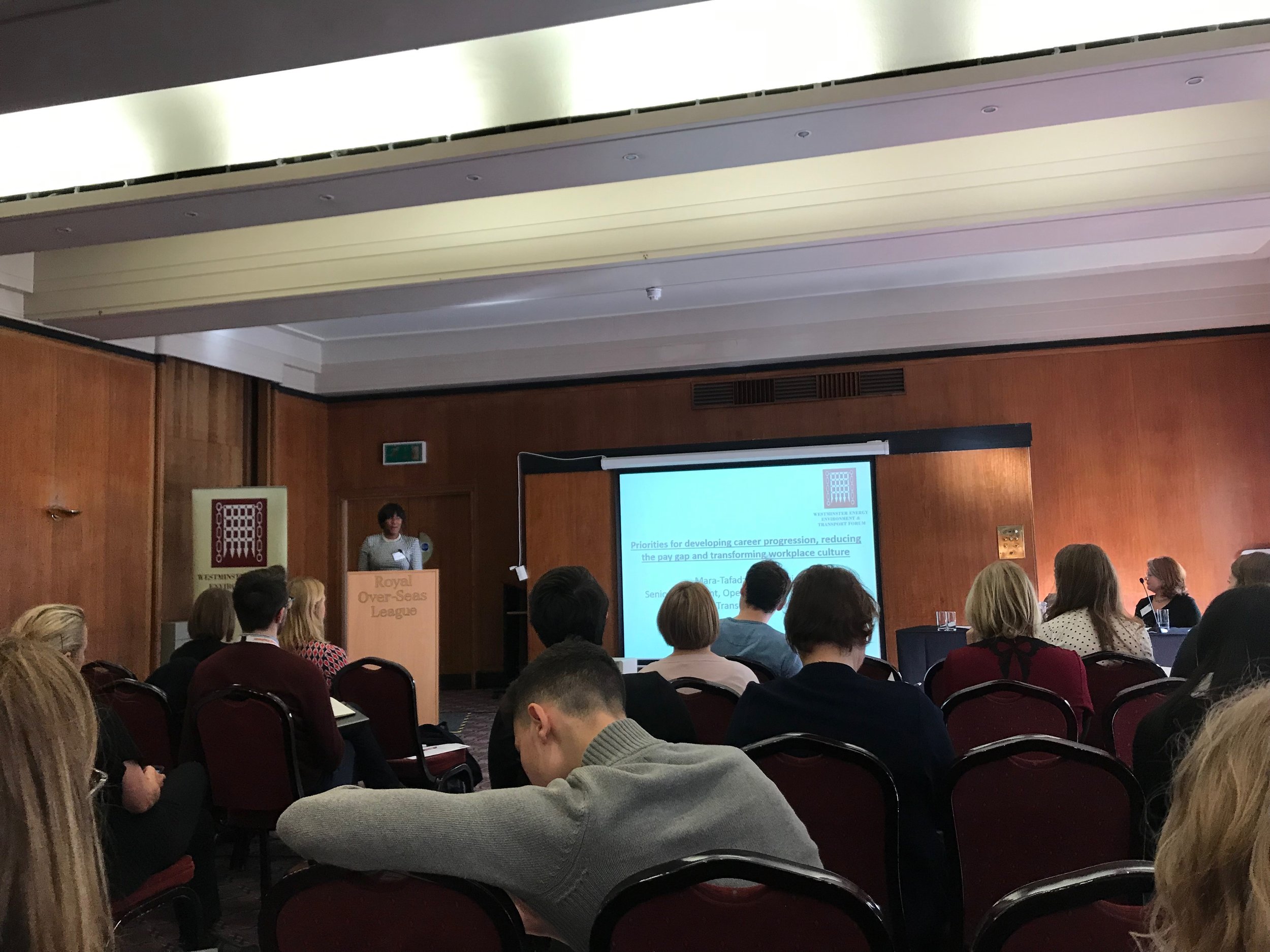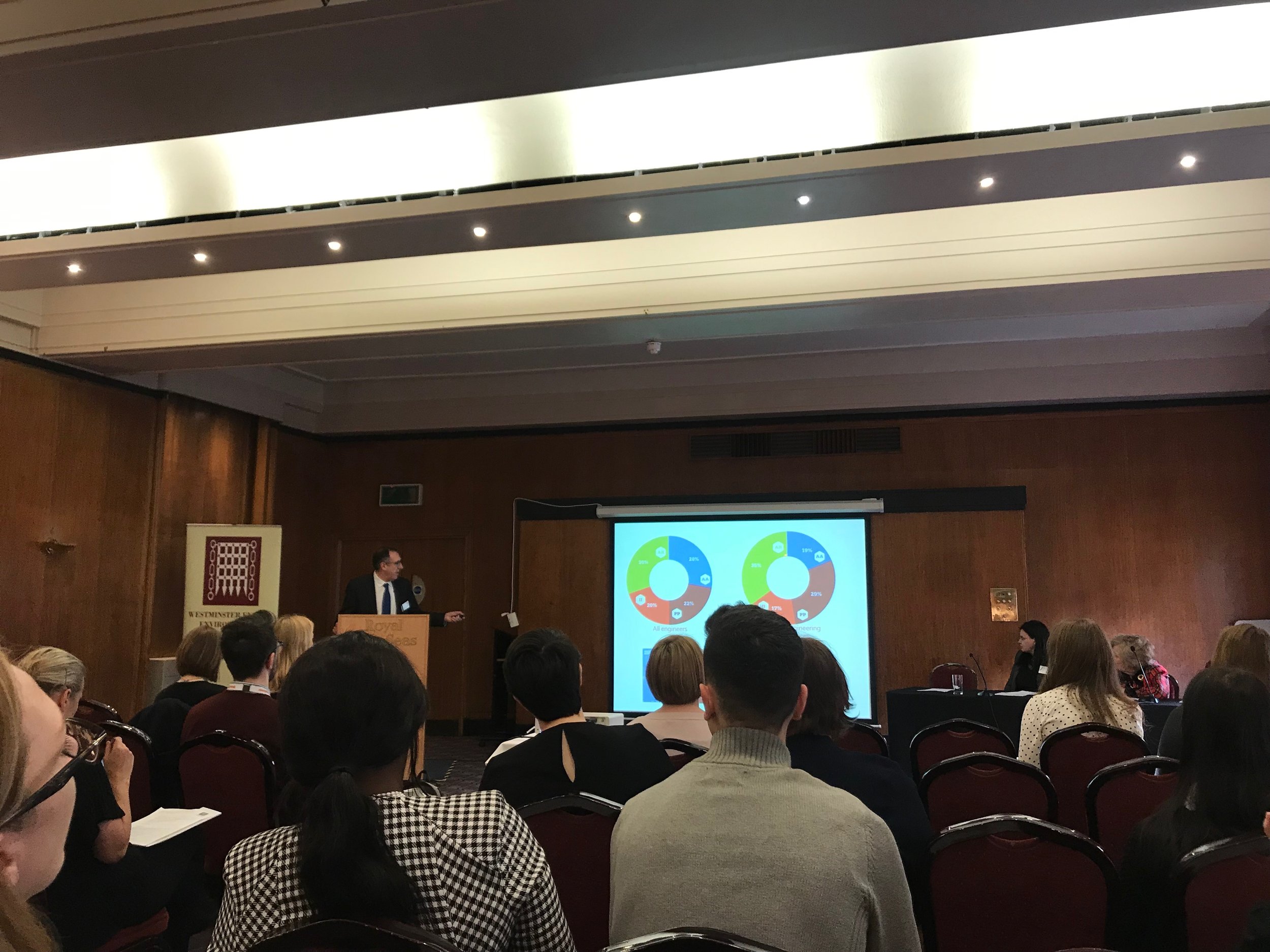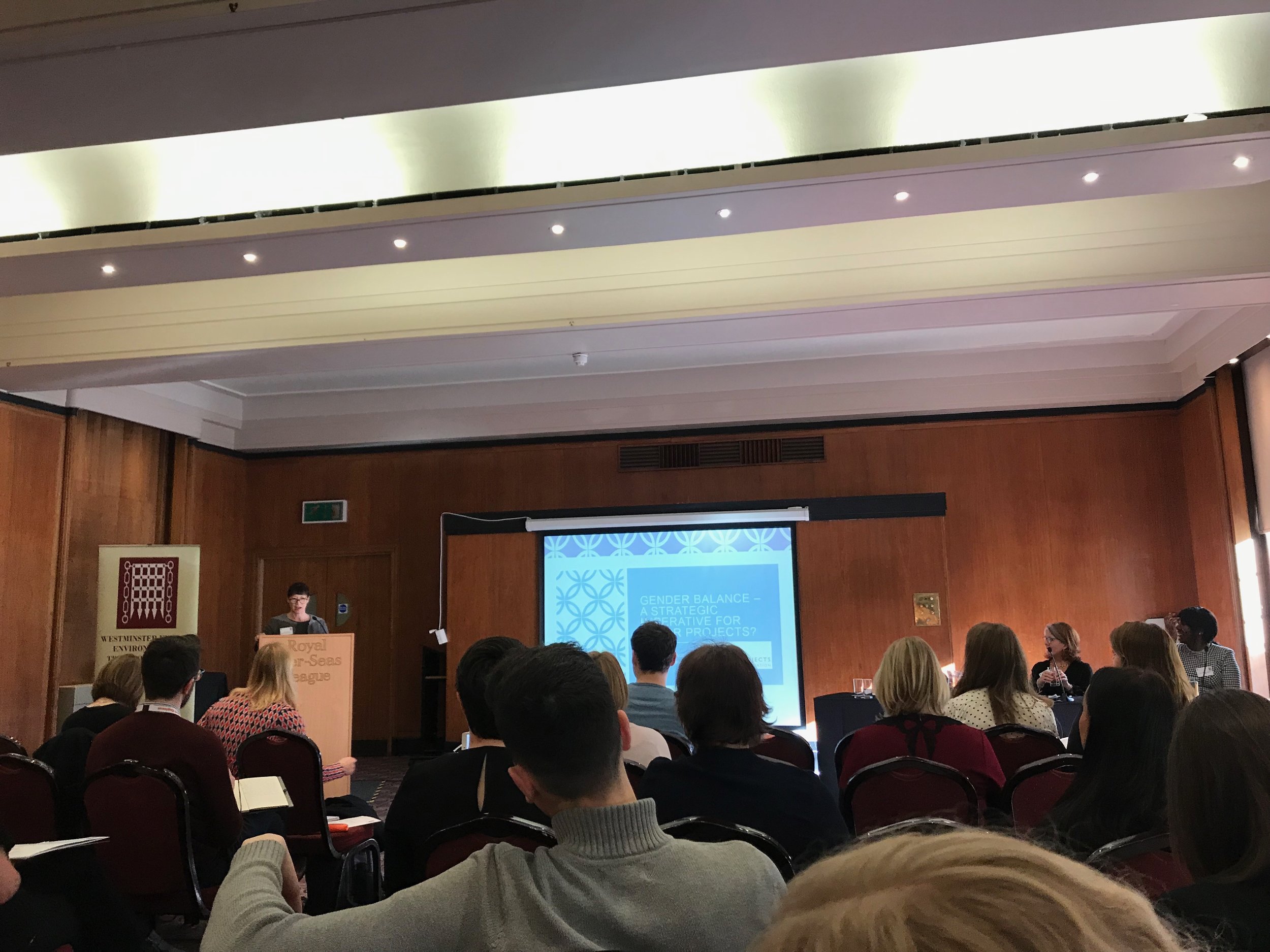Reflecting on the Westminster Energy, Environment and Transport Forum seminar which focused on closing the gender gap in infrastructure, it struck me that flexibility is vital to achieving gender parity.
And I don’t mean flexible working, although it certainly has a role to play. As a sector we need to embrace flexibility in the widest sense; our mindset (about the types of individuals who ‘fit’), our approach to attraction and retention and our workplace structures, policies and cultures.
The transport infrastructure skills shortfall will be 55,000 workers by 2020. Women are 47% of the UK workforce but representation in the infrastructure sector is incredibly low; just 13% of the construction sector, 20% of the transport sector and 11% of engineers are women.
The Department for Transport’s (DfT’s) Infrastructure Skills Strategy, launched in 2016, aims to achieve gender parity with the working population by 2030. It recognises the need to change the perception of the industry to encourage more people into the sector to meet the challenges of technology and deliver the pipeline of transport infrastructure projects.
It’s not just a numbers game; there is a large body of evidence on the significant business benefits of gender parity. A five year global study released in 2018 by Sodexo demonstrated that gender balanced management, across a sample of 70 entities representing 50,000 managers across different functions and levels, resulted in a higher employee engagement rate, improved safety performance, increased client and employee retention and better operating margins. Interestingly, a near-equal (40/60) balance of men and women in management was critical to observing gains; once the proportion of women in management exceeded 60 per cent, the benefits plateaued.
Companies that are bold and brave enough to embrace radical change and take an honest look at their own practices and data, like Sodexo, Highways England and Tideway, are achieving impressive results.
It was wonderful to hear Rachel Tomkins, Head of Business Excellence at Tideway, share her story of returning successfully to work through the Tideway returnship programme after almost a decade out of the traditional work environment raising three children.
But the perception of a male-dominated, traditional culture in the sector persists. The findings of the Institute of Mechanical Engineers ‘Stay or Go’ study echoed aspects of the #MeToo campaign, exposing institutional features in some companies and undergraduate courses that made women in early career feel that they had to “shape up or ship out”. The study did however highlight opportunities to attract women and others who are not traditionally seen as engineering archetypes to the sector.
We need to consider our approach. It’s not just about how business benefits, what will individuals gain from a career in infrastructure? Why should they choose this path over the multitude of exciting opportunities available to them in a dynamic and competitive market?
Sadly, there’s no ‘one size fits all’ solution and the Government, businesses and networks that support the infrastructure sector recognise this. I firmly believe there is a job for every kind of person in the transport and infrastructure sector. Continued collaboration across sector, innovation and flexibility will all be needed, alongside perseverance, if we are to succeed in closing the gender gap in infrastructure over the coming decade.
Follow us @transportwm or on Linkedin Women in Transport for events, news and updates.



